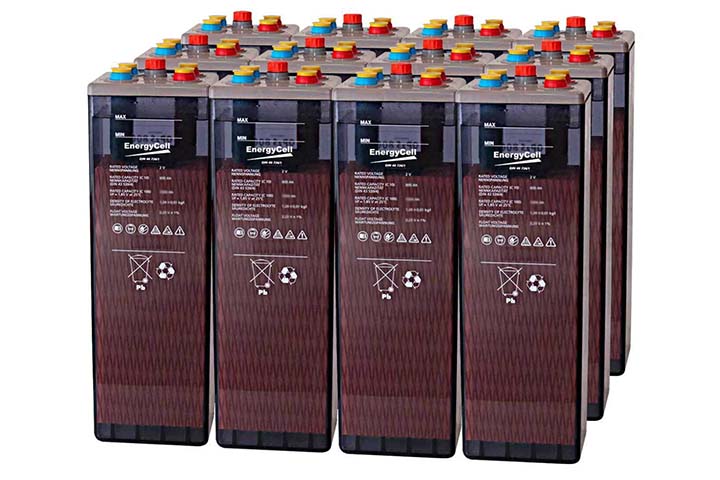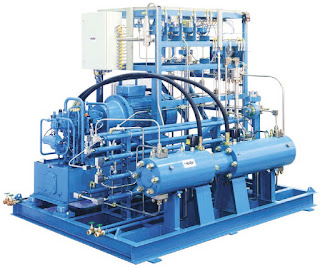What is a Transformer and how many types are there?
A transformer is a passive component that transfers electrical energy from one electrical circuit to another circuit or multiple circuits. A varying current in any one coil of the transformer produces a varying magnetic flux in the transformer's core, which induces a varying electromotive force across any other coils wound around the same core. Electrical energy can be transferred between separate coils without a metallic (conductive) connection between the two circuits.
But what are the current transformer types?
Current transformers types are several in the market.
- Bushing Current Transformer
- Indoor Current Transformer
- Outdoor Current Transformers
The two most important types of transformers are Step Up and Step-Down.
What is the difference between step up and step down transformer? We first introduce each and then examine the differences between them.
A Step-up Transformer is a machine that converts the low primary voltage to a high secondary voltage and steps up the input voltage. On the other hand, a step-down transformer steps down the input voltage. We have a lower secondary voltage compared to the primary voltage.
We have a lesser secondary voltage in a step-down transformer than the original voltage because of the fewer turns in the secondary winding. Therefore, this type of transformer is used to decrease the voltage to designed levels for the circuit. Almost most of the power supplies have the step-down transformer to hold the circuit running range to defined safer voltage limits.
The main difference between step up and step down transformer is that the step up type improves the output value, while the step down type reduces that value.



Comments
Post a Comment